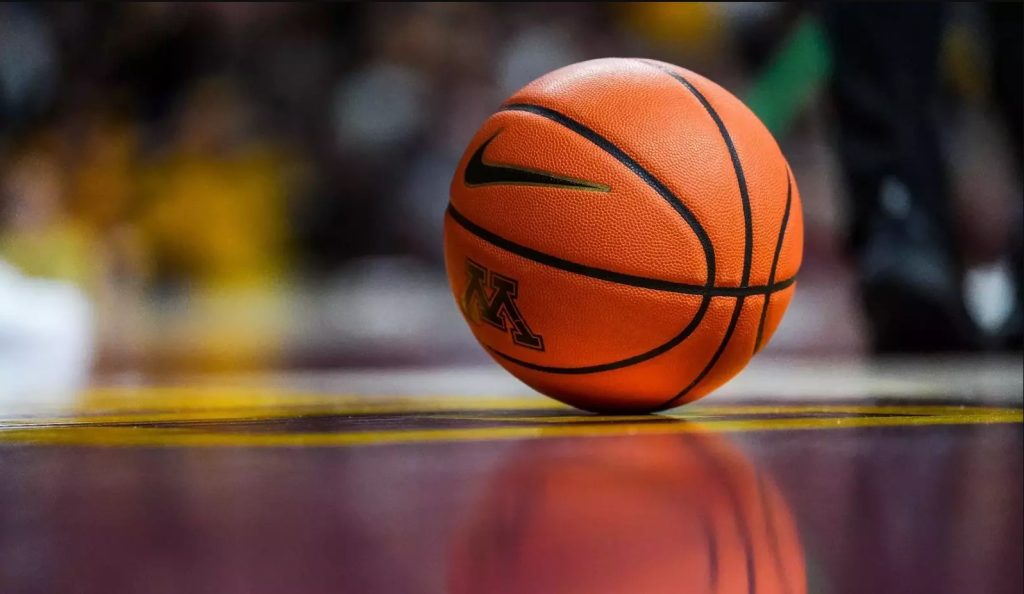Balance: Basketball is a high-speed, multidimensional sport that demands coordination, agility, strength, and endurance. But behind all the spectacular dunks, fast breaks, and sharp three-pointers lies a fundamental yet often overlooked principle—balance. Whether you’re defending a drive, pivoting for a shot, or landing after a rebound, balance plays a crucial role in how well you perform on the court.
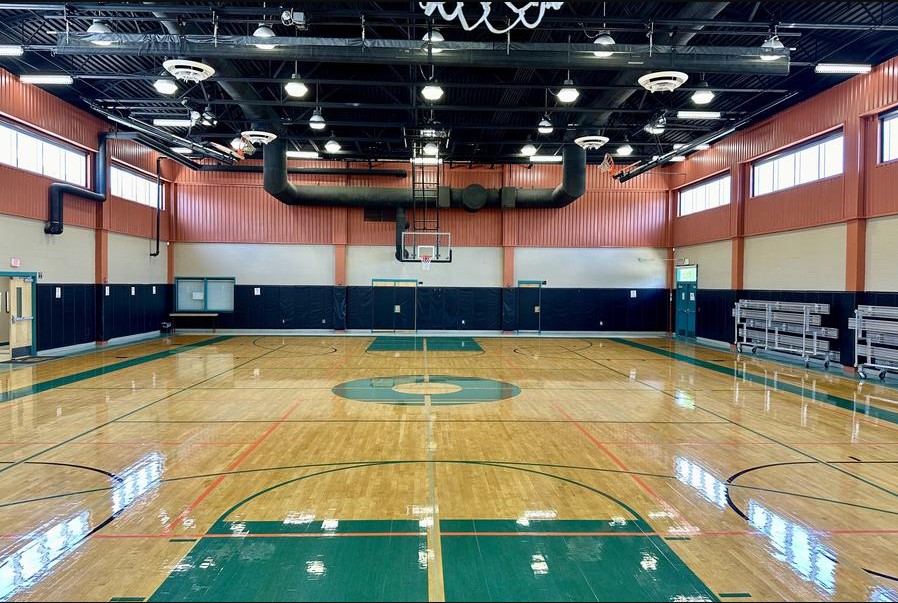
Table of Contents
This article explores why balance is a cornerstone of basketball performance, how it enhances different aspects of the game, and practical ways athletes can improve it.
What Is Balance in Basketball?
Balance refers to a player’s ability to maintain control of their body position—both when stationary and in motion. It involves:
- Static Balance: Remaining stable while standing still (e.g., during a free throw).
- Dynamic Balance: Maintaining control while moving (e.g., changing direction or landing).
The Science Behind Balance
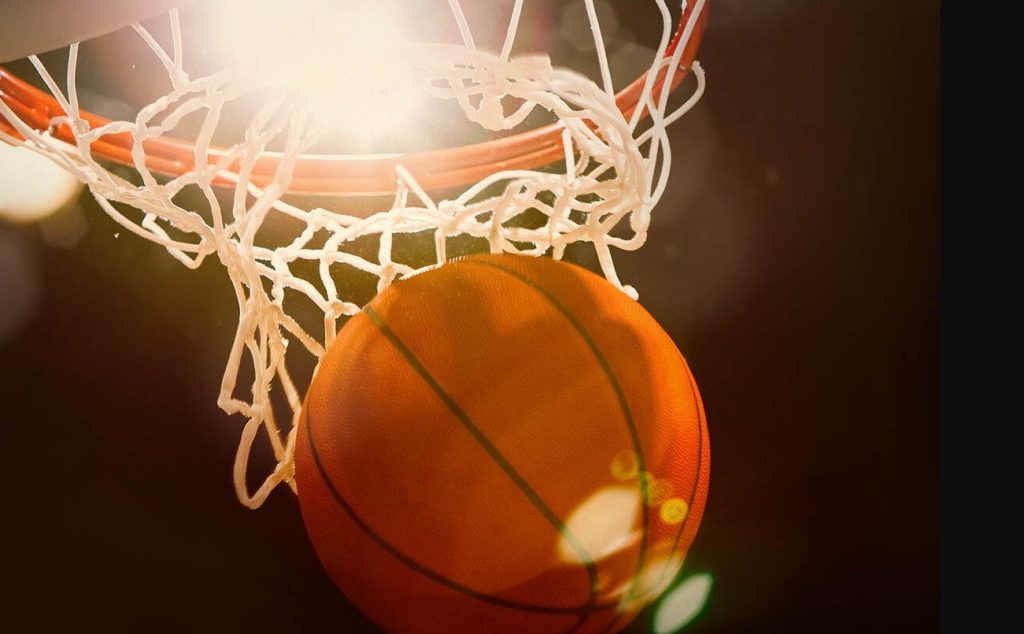
Balance is a neuromuscular function involving the integration of:
- Vestibular system (inner ear – orientation and head position)
- Proprioception (joint and muscle awareness)
- Visual input (tracking movement and surroundings)
- Core and lower-body muscle coordination
Together, these systems allow athletes to stay upright, adjust their posture quickly, and react with precision to unpredictable movements on the court.
How Balance Impacts Basketball Performance
Impact of Balance on Key Basketball Skills
| Basketball Skill | Role of Balance | Outcome Without Good Balance |
|---|---|---|
| Shooting | Stable base improves accuracy and follow-through | Inconsistent release, poor aim |
| Defense | Helps stay low, laterally agile, and react fast | Easily faked out, slower recovery |
| Rebounding | Aids safe landing and optimal jumping position | Increased injury risk, poor timing |
| Dribbling | Maintains control during speed or contact | Turnovers, loss of rhythm |
| Passing | Ensures strong stance under pressure | Weak or inaccurate passes |
| Cutting & Driving | Allows quick changes in direction | Slips, trips, or off-target cuts |
Examples of Balance in Action
1. Shooting a Jump Shot
Shooting requires a balance of mechanics and posture. The most consistent shooters keep their center of gravity directly aligned from their feet to their release point. Any off-balance movement—leaning backward or to the side—affects the angle and arc of the shot.
2. Defensive Slides
Great defenders use balance to stay in front of their opponent. A low, wide stance with feet shoulder-width apart helps maintain lateral balance during quick side-to-side slides. Losing balance leads to fouls or giving up space.
3. Driving to the Basket
When attacking the basket, a player needs core balance to absorb contact, change direction, or finish at the rim. Poor balance leads to offensive fouls or missed layups.
Components That Build Better Balance
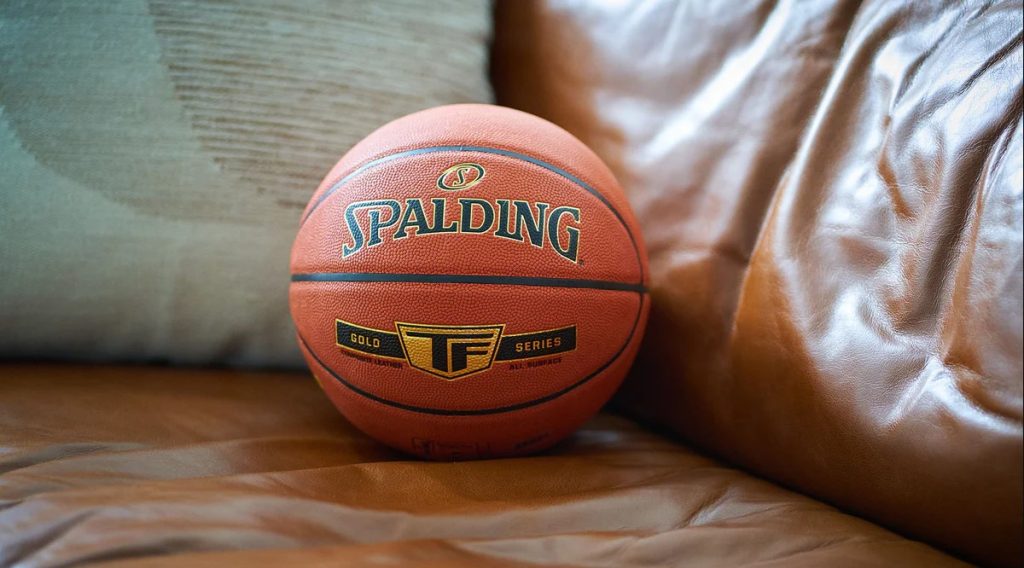
Components of Balance Training for Basketball
| Training Component | Purpose | Example Exercises |
|---|---|---|
| Core Strength | Stabilizes the trunk during movement | Planks, Russian twists, V-ups |
| Lower Body Strength | Supports weight and power generation | Squats, lunges, single-leg deadlifts |
| Proprioceptive Training | Improves joint position awareness | Bosu ball drills, wobble boards |
| Plyometrics | Enhances dynamic balance during explosive moves | Box jumps, jump squats |
| Agility Drills | Combines coordination and directional control | Ladder drills, cone cuts |
| Balance Equipment Training | Challenges control under instability | Balance discs, stability balls |
How Balance Prevents Injuries
Balance is not just about performance—it’s also a key injury prevention mechanism. Many basketball injuries, especially ankle sprains, ACL tears, and knee strains, result from poor landing mechanics or directional imbalance. Athletes who develop superior balance are better at absorbing shock, adjusting posture mid-air, and landing safely.
Common Injuries Related to Poor Balance
| Injury Type | Cause Related to Balance | Prevention Through Balance Training |
|---|---|---|
| Ankle Sprain | Landing awkwardly or rolling foot | Improved proprioception and ankle stability |
| ACL Tear | Sudden pivot or cut | Stronger glutes/quads, better jump landings |
| Knee Tendonitis | Overcompensation from poor stance | Better postural control and joint alignment |
| Hip Strain | Poor lateral movement mechanics | Core and hip strengthening exercises |
Balance and Footwork
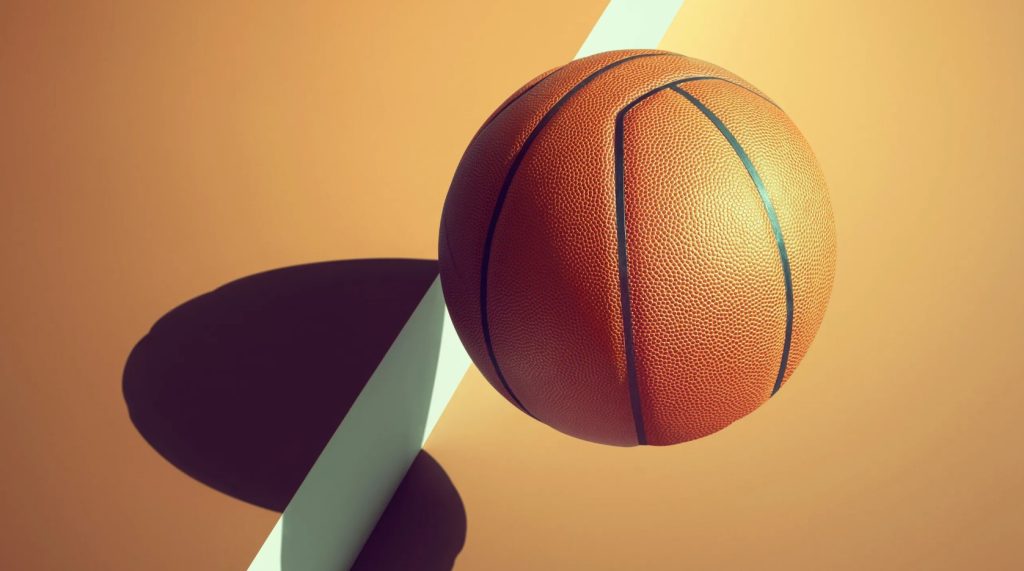
Good footwork in basketball is inseparable from balance. Whether you’re executing a spin move, a step-back jumper, or navigating a screen, the efficiency of foot placement and control determines the success of the move. Players like Stephen Curry and Kobe Bryant mastered their footwork through relentless balance drills and body control training.
Simple Balance Test for Players
Here’s a basic balance test basketball players can try:
Single-Leg Balance Test
- Stand on one foot with eyes closed.
- Time how long you can stay stable without swaying or moving the lifted foot.
- Repeat on the other leg.
Benchmark:
- 30+ seconds: Excellent
- 15–30 seconds: Good
- <15 seconds: Needs improvement
This test helps players identify strength imbalances or proprioceptive weaknesses.
How to Train Balance Year-Round
Offseason
- Emphasize core development and strength training.
- Introduce stability tools (balance boards, single-leg squats).
Preseason
- Combine balance with agility and sport-specific drills.
- Work on landing mechanics and direction change.
In-season
- Maintain with short but regular proprioceptive drills.
- Use game-like simulations (contact + movement) for dynamic balance.
Coach’s Corner: Tips for Improving Player Balance
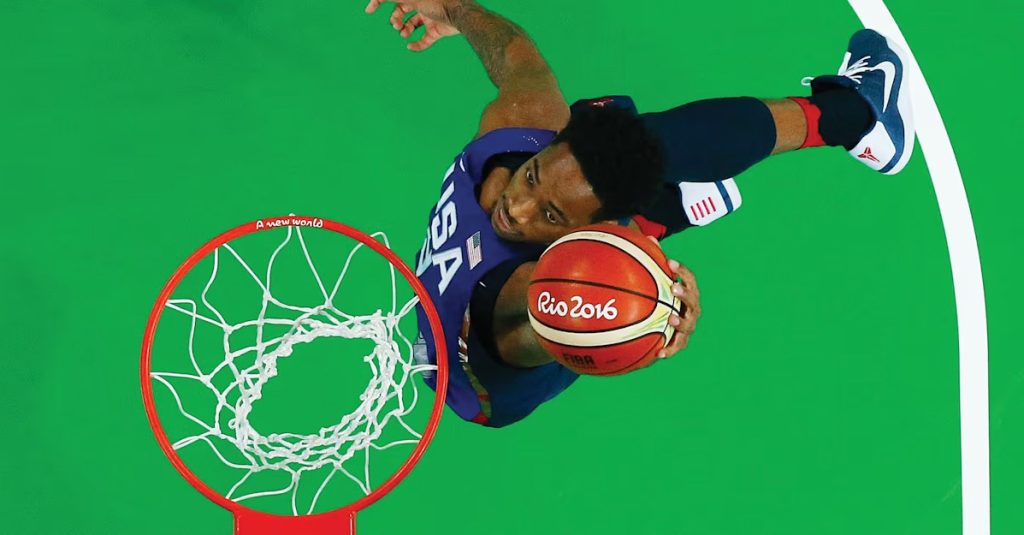
- Start Simple: Master basic static balance before dynamic moves.
- Use Mirrors: Visual feedback can correct posture and stance.
- Slow It Down: Controlled movements improve muscle memory.
- Add Resistance: Use medicine balls or resistance bands.
- Practice Unilateral Movements: Train one side at a time to reduce imbalance.
In a sport like basketball, where games can be decided by milliseconds and inches, balance provides a foundation for nearly every physical skill—from shooting and defending to sprinting and jumping. Athletes who neglect balance may find their performance plateauing, while those who focus on it experience sharper skills, better posture, fewer injuries, and longer careers.
Balance isn’t just about staying on your feet—it’s about keeping your game grounded and elevated at the same time.


